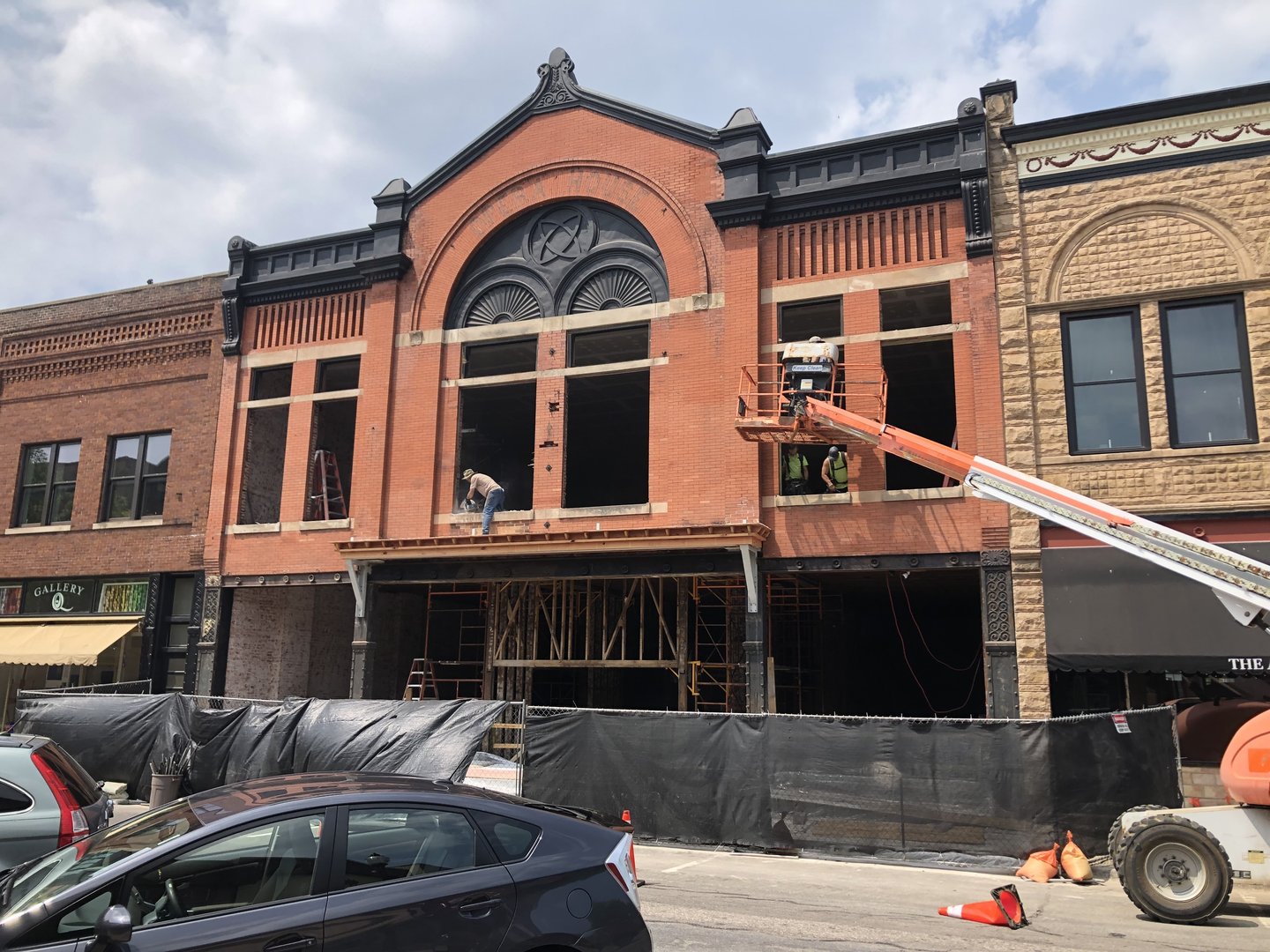Navigating Historic Building Renovations to Meet Modern Standards
In this article, we will explore the challenges inherent to the renovation of historic buildings and underscore the crucial role local municipalities play in supporting preservation efforts.

Renovating historic buildings to meet modern building codes is a complex dance between preserving the charm of the past and ensuring the safety and functionality required by the present. In this article, we will explore the challenges inherent in this delicate process and underscore the crucial role local municipalities play in supporting preservation efforts.
Preserving the Past, Meeting the Present
Historic buildings are time capsules, showcasing the architectural styles and craftsmanship of bygone eras. However, as time progresses, so do building codes and safety standards. Renovating historic structures to meet these modern requirements poses significant challenges. The clash between maintaining the authenticity of a historic building and adhering to current safety regulations often requires creative solutions and a deep understanding of both architectural history and contemporary construction practices.
Structural Adaptations
One of the foremost challenges in updating historic buildings is ensuring their structural integrity aligns with modern safety standards. The original materials and construction techniques may not meet today's seismic, fire, or load-bearing requirements. Renovators must carefully balance the preservation of historic features with the incorporation of new materials and reinforcement techniques to guarantee the safety of occupants.
Accessibility & Inclusivity
Modern building codes emphasize accessibility and inclusivity, ensuring that structures can be used by individuals with disabilities. Retrofitting historic buildings to meet these standards without compromising their historical character is a formidable challenge. Elevators, ramps, and other accessibility features often need to be integrated with finesse to seamlessly blend with the building's original design.
Fire Safety & Electrical Upgrades
Historic buildings may have outdated electrical systems and lack modern fire safety measures. Bringing these structures up to code often involves intricate rewiring, the installation of fire suppression systems, and other modifications to mitigate potential hazards. Balancing the need for these updates with the preservation of architectural features requires a careful and informed approach.
Local Municipal Support
The success of historic building renovations heavily relies on the support of local municipalities. Forward-thinking policies, flexible zoning regulations, and financial incentives can encourage property owners and developers to undertake these challenging projects. Municipalities play a vital role in creating an environment that fosters both preservation and progress.
Financial Incentives
Preserving historic buildings is an investment in a community's cultural identity, but it can be financially daunting. Local governments can provide tax incentives, grants, or low-interest loans to encourage property owners to undertake the necessary renovations. These financial supports not only alleviate the burden on individuals but also contribute to the overall vitality and uniqueness of a city.
Streamlined Approval Processes
Navigating the regulatory landscape can be a significant hurdle for those renovating historic structures. Local municipalities can support preservation efforts by streamlining approval processes for necessary permits. Clear guidelines, knowledgeable staff, and a cooperative approach can make the renovation journey smoother for property owners and developers.
Conclusion
The challenges of renovating historic buildings to meet modern building codes are substantial, but the rewards are equally profound. Preserving these architectural treasures contributes to the cultural richness of communities, fostering a sense of identity and continuity. Local municipalities play a pivotal role in ensuring that the delicate balance between preservation and modernization is achievable, reinforcing the importance of collaboration between property owners, developers, and the broader community to safeguard our shared heritage for generations to come.
No comments yet. Login to start a new discussion Start a new discussion